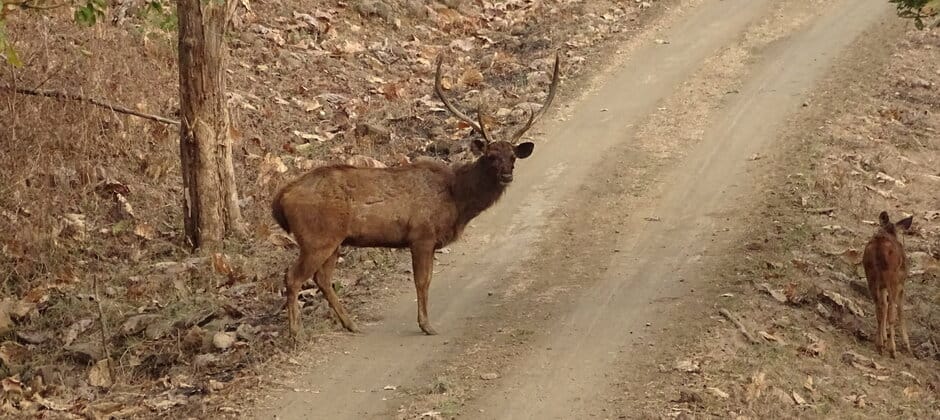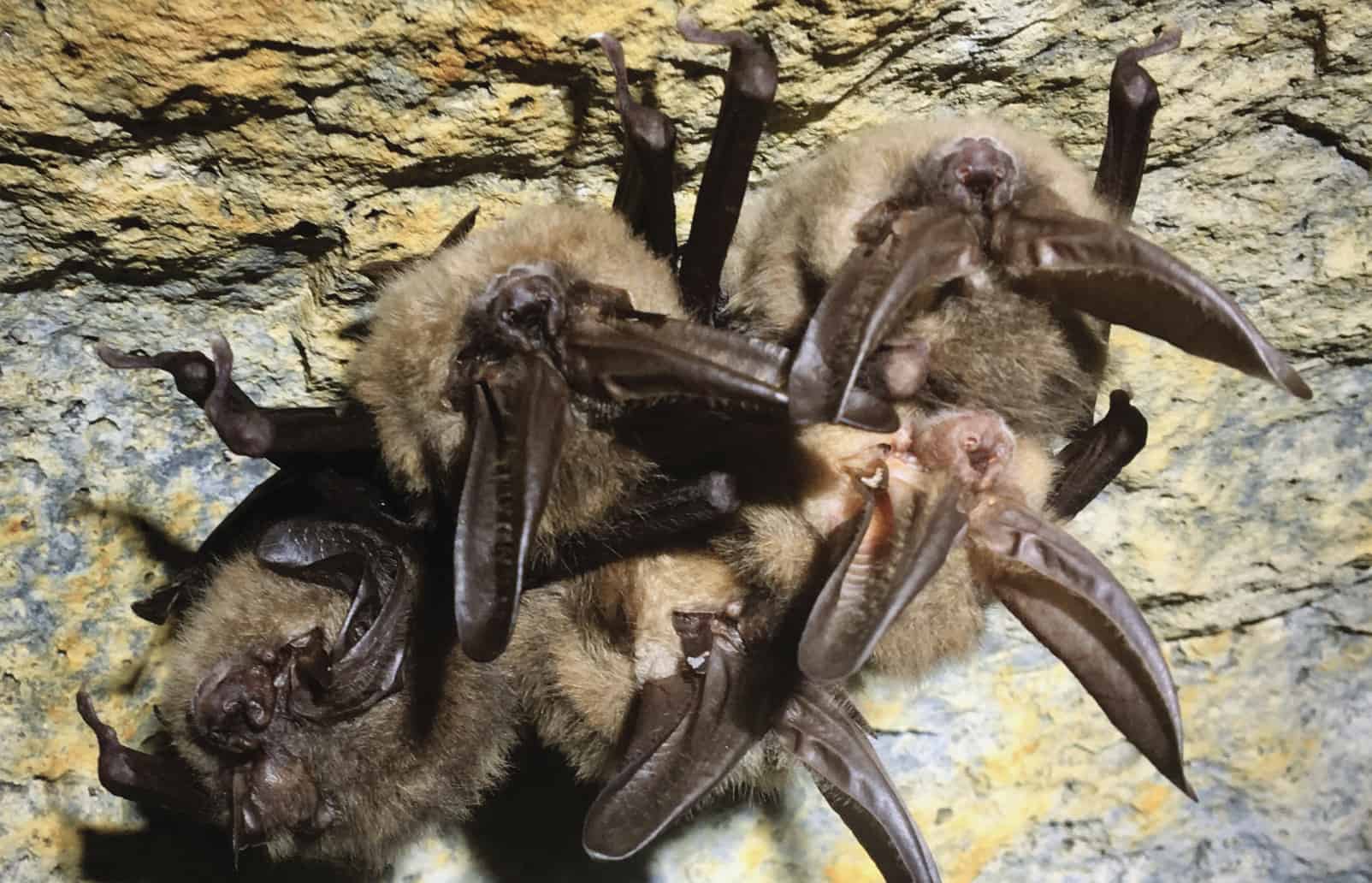Share this article
TWS2020: Better understanding locals could decrease poaching in India
A large degree of poaching in central India may come down to a lack of connection between policy makers and the people most affected by wildlife hunting regulations in rural areas of central India.
According to ongoing research involving local surveys featured at The Wildlife Society’s virtual 2020 Annual Conference, factors like a strict no-hunting policy and lack of proper compensation to farmers losing crops or livestock to predation may impact the amount of illegal hunting in the region.
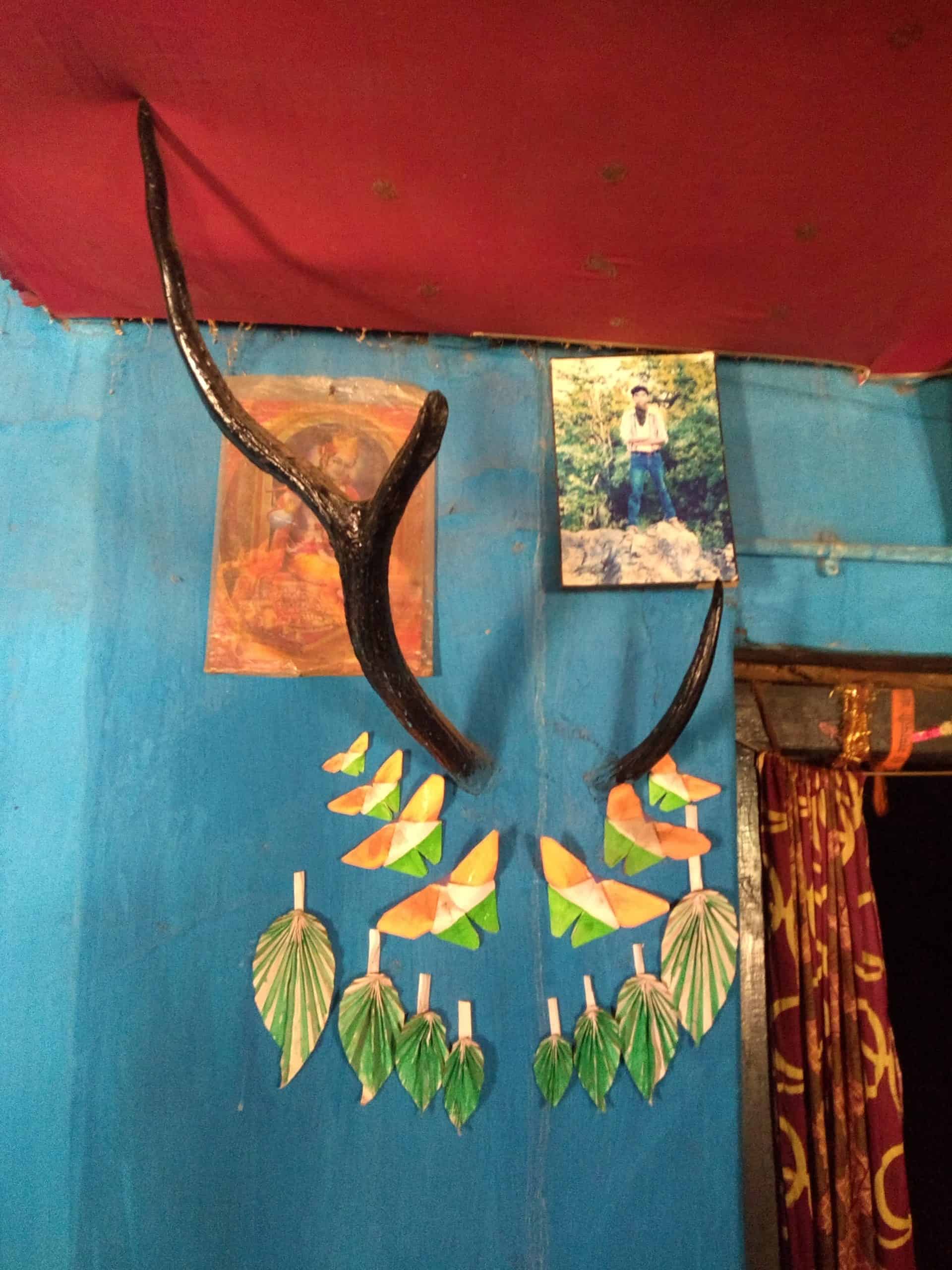
Spotted deer antlers in a local home are evidence of possible poaching. Credit: Shreya Sethi
“Someone sitting in an office and making a policy is not going to be useful at the grassroots if it isn’t targeting the right thing,” said TWS member Shreya Sethi, a PhD student in economy, criminology and sociology at the Indian Institute of Technology-Bombay who presented the research at the conference.
Sethi conducted surveys in rural parts of central India, talking to people and asking what they thought was the root of the poaching problem. Since 1991, all hunting is considered illegal in India. But what she saw on the ground often told a different story.
“I was invited for drinks and bushmeat during a bushmeat study,” Sethi joked.
She asked locals why they still hunted despite the potential jail term they’d have to serve, and found that the gain often outweighed the punishment. For example, when animals attacked livestock, compensation from the government was often slow to arrive. If an entire year’s crops are destroyed by a large animal, for example, people won’t be able to survive unless they start hunting for bushmeat, because compensation payments are so slow. The compensation often wasn’t even enough to make up for the damage done, locals told Sethi.
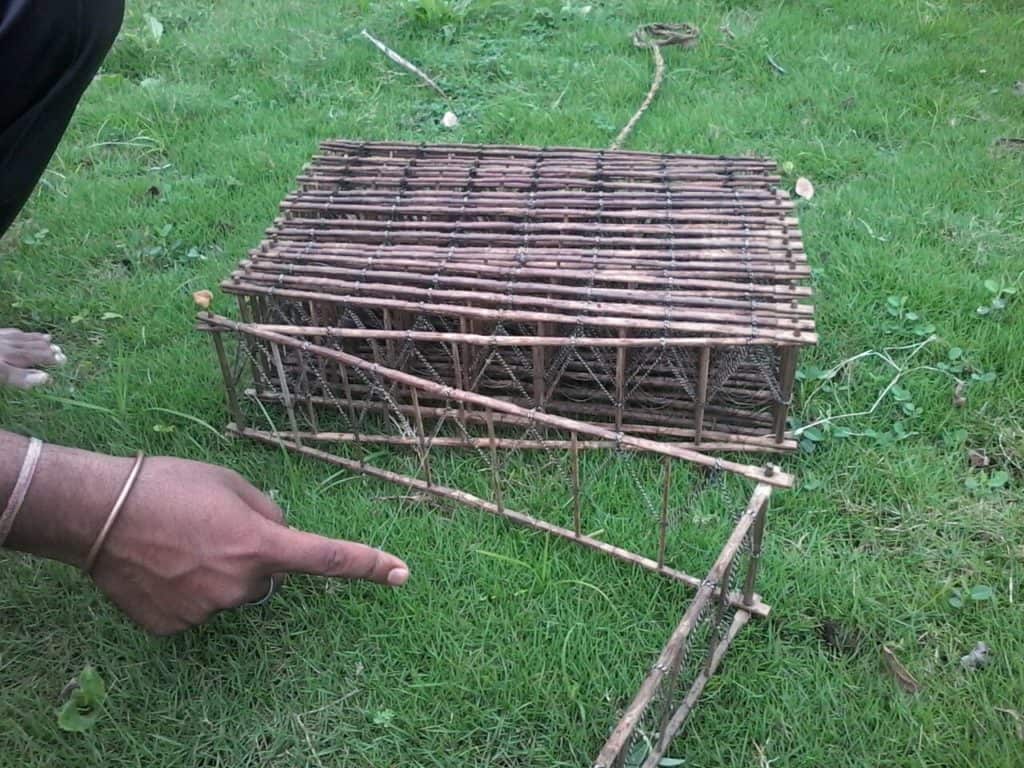
A type of bird traps used in central India. Credits A. Khune
Sethi also found that poaching is also in response to attacks on property or humans in the area. “There’s a lot of retaliation hunting that still continues,” Sethi said.
Many of the communities she surveyed were made up primarily of hunter-gatherers. Respondents in these areas expressed frustration at the blanket ban on all types of hunting, regardless of the species. “One of the major sentiments that is there is that they should be allowed to kill some of the wildlife,” Sethi said.
Some parts from poached animals were used as traditional medicine, including those taken from vulnerable species like tigers (Panthera tigris) and sloth bears (Melursus ursinus). “As much as we blame China for traditional medicine, there is also some traditional medicine in India,” Sethi said.
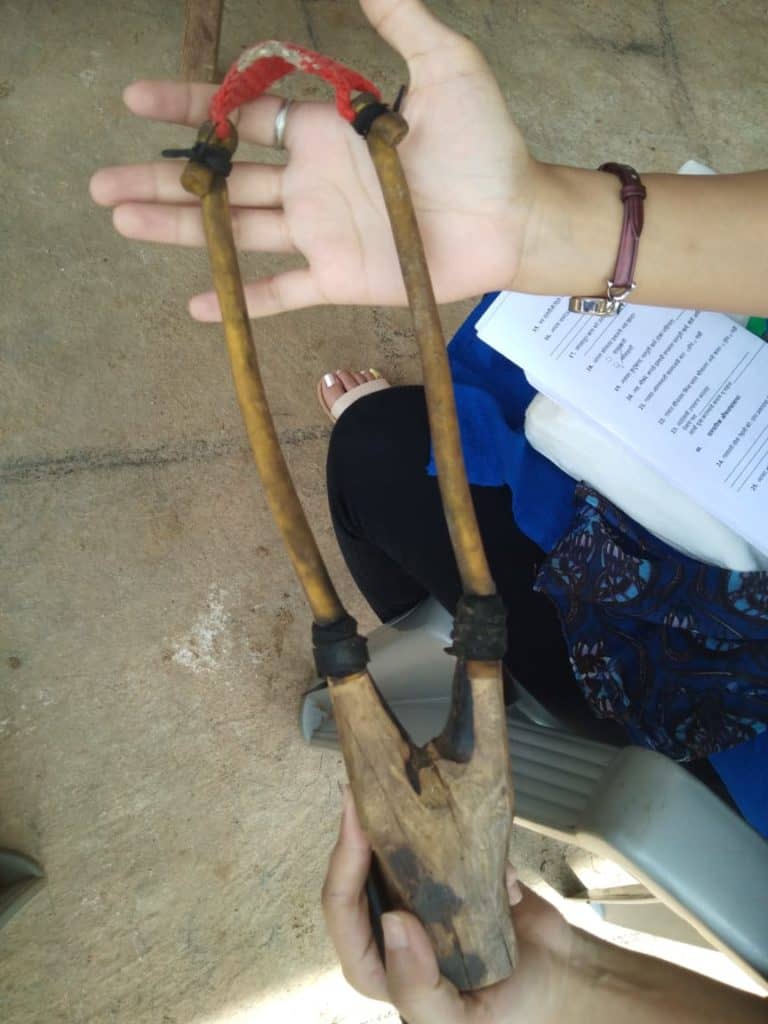
A slingshot for hunting birds. Credit: Shreya Sethi
But they also found that the bushmeat of poached animals was sold in local restaurants. Locals themselves didn’t always drive the demand in bushmeat, Sethi said — tourists and other outsiders often consumed poached bushmeat sold at restaurants.
Locals also told her that outsiders were coming in to hunt as well, either from elsewhere in India or from other countries.
She and her colleagues compared what they heard from local people to records of poaching incidents kept by the government. The statistics, collected over the past 28 year since hunting was banned. The statistics also showed that species like wild boar (Sus scrofa cristatus) and chital (Axis axis, also known as the spotted deer) were hunted more often than other species.
Some of the commonly used techniques for poaching shifted after the ban, Sethi said. While wild hunters used guns before 1991, poaching equipment like snares, traps and poison were used more often afterward as guns were banned. Slingshots and cages were used to hunt or trap birds, and Sethi also saw evidence of another technique in which a type of bomb is hidden in dough.
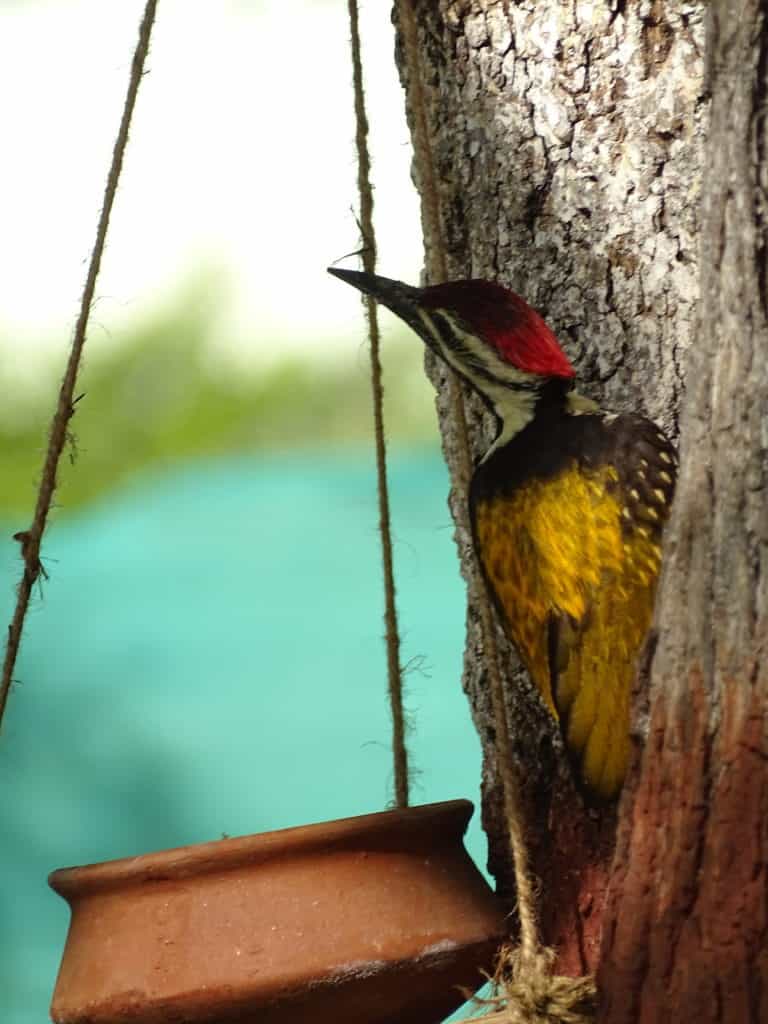
A blackrumped flameback (Dinopium benghalense) in central India. Credit: Shreya Sethi
“The moment the animal bites into it, it bursts,” Sethi said, adding that the bomb will kill almost any species — including wild boar and elephants (Elephas maximus indicus).
Sethi has also interviewed policymakers and conservation groups, finding a large discrepancy between the local situation.
While the research is ongoing, she said there are ways to improve some of these problems. Better and faster compensation for farmers whose crops or livestock are damaged is one potential fix. But even better would be a type of insurance program that has been employed in the northern part of the country where locals pay in and manage the funds themselves, dispensing compensation quickly when situations call for it.
This research was presented at TWS’ 2020 Virtual Conference. Conference attendees can continue to visit the virtual conference and review Sethi’s paper for six months following the live event. Click here to learn about how to take part in upcoming conferences.
Header Image: A sambar (Cervus unicolor) in central India. Credit: Shreya Sethi



